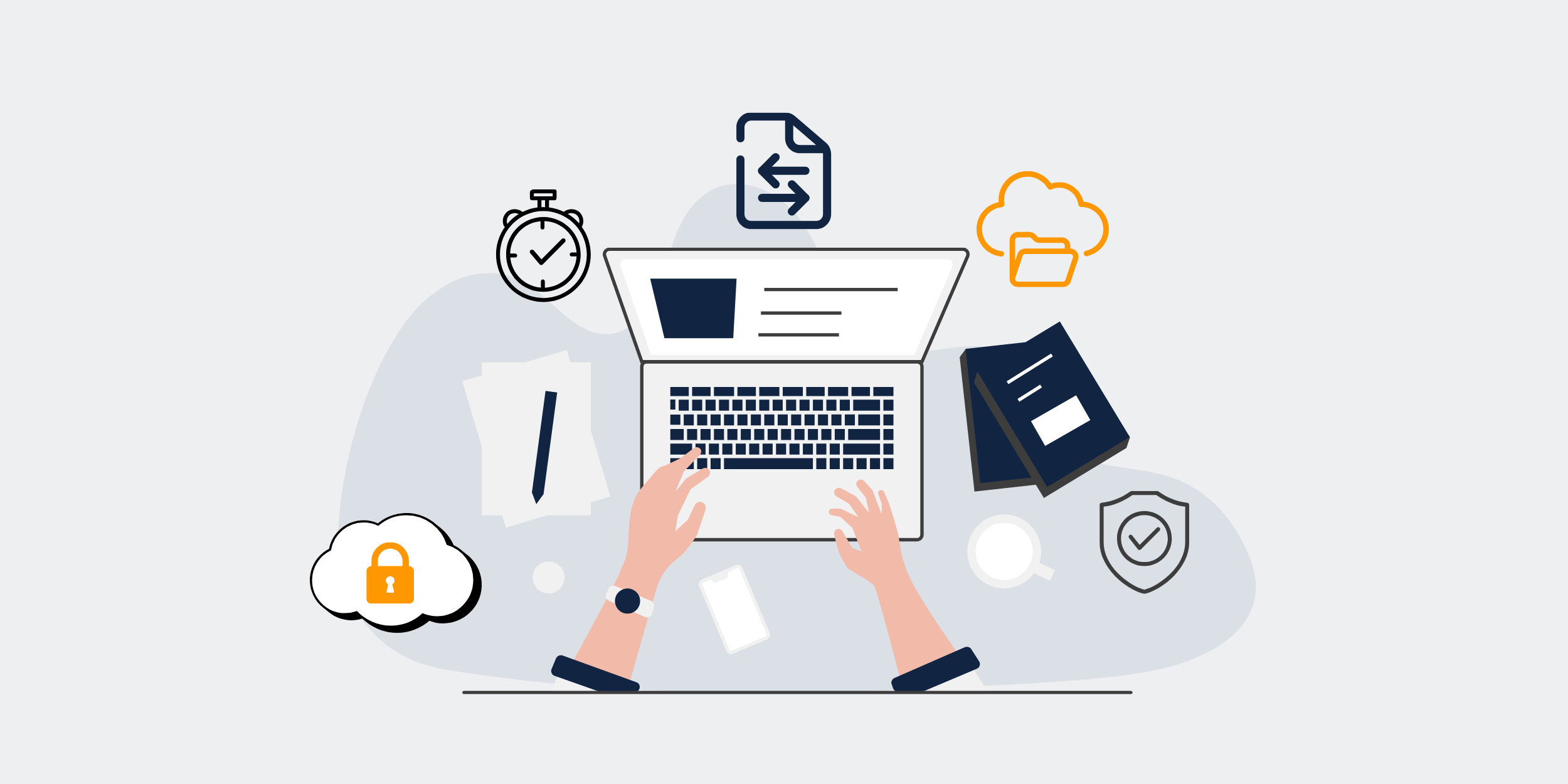Protecting Your Keap CRM from Unintended Data Modifications

| How to Protect Your Keap CRM Against Accidental Data Edits |
|---|
IntroductionIf you’re using Keap CRM, you’re already on a path to organizing your business efficiently. But as great as Keap is, there’s always the nagging possibility of accidentally messing things up, especially when it comes to data edits. Yep, one misclick, and you could end up with a tangled web of confusion. So, how do you keep your data safe from accidental edits? Let’s dive in together, shall we? Why Protecting Your Data is EssentialData is the lifeblood of any business. Imagine it like the oil in your car’s engine—keeps things running smoothly. Accidental edits can lead to poor decision-making, client miscommunication, and perhaps even revenue loss. But is it just about the money? Nah, it’s also about peace of mind. Let’s face it, nobody enjoys scrambling to correct mistakes. Understanding Keap CRM’s Data StructureKeap CRM organizes your information like a well-crafted novel. There are chapters (modules), paragraphs (records), and sentences (fields). To safeguard these elements, you need to understand what you’re protecting. Let’s break it down: Modules and RecordsIn Keap, modules hold related records. Think of modules like a library section and records as individual books. Fields and EntriesFields are individual pieces of data within a record, like a book’s paragraphs. Ensuring these are accurate is crucial for your narrative. Role-Based Access Control (RBAC)Want to get serious about preventing accidental edits? Consider RBAC your security guard. It’s a way to limit access based on user roles. Let’s break this down. Setting Up RolesDefine roles like “Admin,” “Sales,” and “Support,” and tailor access levels, so each role only sees what it needs to see. It’s like giving everyone just the right amount of keys to their respective doors. Customizing PermissionsFurther personalize what each user role can do. Admins can make changes, while others might only view data. It’s all about balancing freedom with safety. Using Audit Logs for MonitoringAudit logs are like your DVR for data changes. They help you trace back who did what, when, and where. It’s your go-to detective tool. Activating Audit LogsEnsure your audit logs feature is activated. It’s like setting up a security camera for your CRM–just without the scary red blinking light. Regular Log ReviewsDive into these logs periodically. It helps to catch unauthorized alterations or trends of accidental edits. Think of it as your routine health check for data. Implementing Data Validation RulesThink of data validation rules as barriers that prevent you from entering inaccurate data. It’s like having a GPS making sure you’re on the right road. Creating Mandatory FieldsEnsure critical fields are completed before moving on. It’s like a traffic light for data entry: no green, no go. Limiting Data TypesSet fields to only accept certain data types, such as numbers or emails. It’s akin to a bouncer asking for ID before letting you into a club. Regular Backups and RestorationsImagine your data is like an old family photo album. You’d make a copy, right? Backups in Keap work the same way. It’s your safeguard against loss. Scheduling Automatic BackupsSet a regular schedule for automatic backups. It’s like having a regular cleaning service tidy up while you’re busy elsewhere. Test Restoring DataRegularly practice restoring your saved data to ensure the process is smooth when needed. Think of it as a fire drill, just in case of an emergency. Training Staff for Data Entry PrecisionYour team is your most significant asset. Proper training ensures they know what to do with the CRM. Let’s school them right. Hosting WorkshopsRun workshops to illustrate data entry best practices. It’s like a driver’s ed class for your data drivers. Creating Clear GuidelinesDistribute a data entry handbook. It’s like handing out roadmaps before a cross-country trip—everyone knows the way. Utilizing Third-Party Tools for Enhanced ProtectionSometimes, your toolkit needs an upgrade. Third-party solutions can offer additional features and functionality. Isn’t it nice to have some extra bells and whistles? Data Masking ToolsMask sensitive data fields with specialized tools. It’s your software’s version of a privacy screen on your phone—keeps prying eyes away. Integration with Security PlatformsIntegrate Keap with security platforms for added protection. Consider it the digital version of adding a security detail around your corporate office. ConclusionKeeping your Keap CRM safe from accidental data edits isn’t just a precaution; it’s a necessity. With the right strategies, like role-based access, audit logs, regular backups, and proper staff training, you can create a fortress around your data. While protecting data might feel like a series of hoops to jump through, remember it’s the safety net keeping your business running smoothly. FAQs1. How can I change user roles in Keap CRM?You can change user roles in Keap CRM by navigating to the settings menu, selecting user management, and then assigning or modifying roles as needed. 2. What should I include in a data entry training program?Your training program should cover best practices for data accuracy, field-specific requirements, common pitfalls, and how to use CRM features effectively. 3. How often should I schedule CRM data backups?A weekly backup schedule is recommended. However, daily backups are ideal if you’re handling a large volume of data changes. 4. Can third-party tools be trusted with my data security?While many reputable third-party tools offer enhanced security, always conduct thorough research and choose tools that comply with industry standards and regulations. 5. What are some signs of unauthorized data edits?Look for unusual timestamps, unexpected changes in significant fields, and audit log entries that cannot be attributed to standard user behavior. |
Get started with CRM-Backup today! Choose your plan now.
